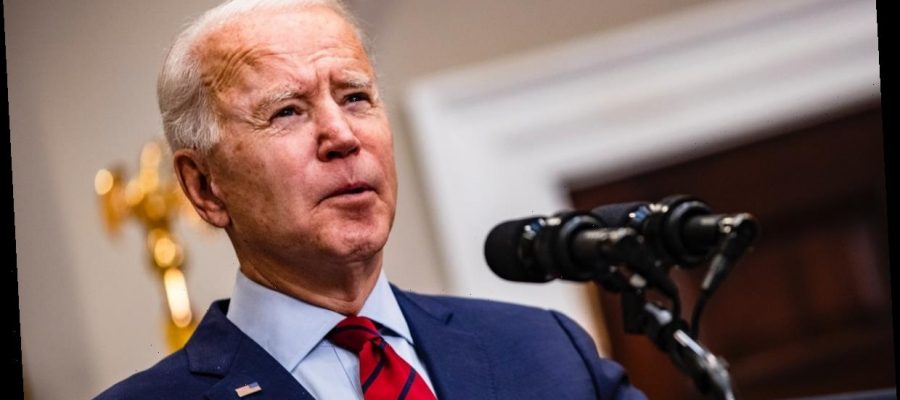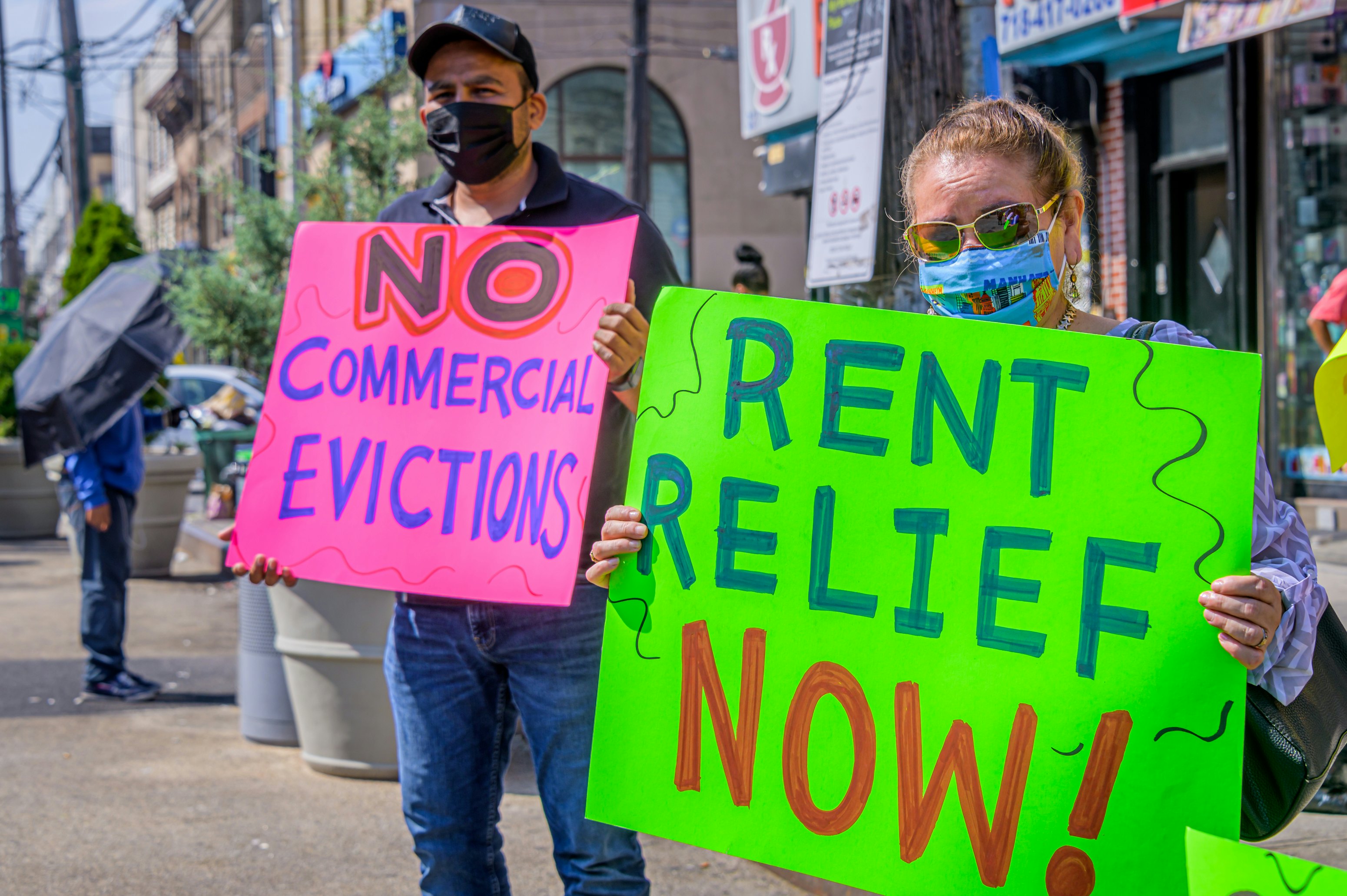Despite continued opposition, congressional Democrats are making progress in passing President Joe Biden’s first major piece of legislation since taking office. On Feb. 27 at 2 a.m. ET, the House of Representatives approved Biden’s $1.9 trillion COVID-19 relief package in a 219-212 vote, with Republicans unanimously rejecting the legislation. So, what’s in Biden’s first 2021 stimulus package? Here’s what you need to know.
Biden first unveiled his proposal, dubbed the "American Rescue Plan," on Jan. 14 to overwhelming public support. Per Feb. 24 data from Morning Consult, 76% of voters (including 60% of Republicans) support the legislation. The relief plan is largely aimed at providing public relief amid the economic fallout from the ongoing coronavirus pandemic, which, as of March 1, has killed over 513,000 Americans, per The New York Times. If approved by the Senate with no changes, the plan will provide $1,400 in direct payments to qualifying Americans, a $400 weekly boost to regular unemployment benefits through September 2021, and $40 billion in grants to higher education institutions, among other things. Through executive orders, Biden has also extended eviction and foreclosure moratoriums, and placed pauses on federal student loan payments.
The bill would provide the $1,400 payments to individuals making up to $75,000 a year, phasing out for individuals earning $100,000 and more. Significantly, this version of the payment would also apply to adult dependents, like college students, according to CNBC. Per Vox, the bill also addresses some major national problems highlighted by the pandemic: it allocates $40 billion in grants to colleges, with the majority meant to go to emergency financial aid for students. It also provides $25 billion toward emergency rent and utility assistance, and allocates $7.6 billion to expand internet connectivity to both teachers and students in remote learning situations. It also includes aid such as disaster relief, food assistance, child care, vaccine distribution, and aid for restaurants among its provisions.
However, the package may undergo some major changes to pass through the Senate and make it to the Oval Office to be signed into law. Congressional Republicans have been pushing back on the bill’s price tag, and on Jan. 31, presented their own smaller $600 billion stimulus plan. Per The Washington Post, the plan would cut direct payments from $1,400 to just $1,000, and completely eliminate Biden’s push for a $15 federal minimum wage.
"We know that the bill will look different on the way out [of the Senate] than it did when [Biden] presented it in his primetime address," White House Press Secretary Jen Psaki told reporters on Feb. 28. "But there is an urgency here," she added. "Because by [March 14], 11 million Americans will lose unemployment insurance, so we need to move quickly and rapidly to get this relief out to the Americans."
One major change has already been made: On Feb. 25, nonpartisan Senate parliamentarian Elizabeth MacDonough ruled against Biden’s push to increase the federal minimum wage to $15 as part of the stimulus, on the grounds that the wage increase was outside the parameters of what was allowed under reconciliation — the process by which Democrats are trying to pass the stimulus. Reconciliation is a fast-track path to passing budget legislation in the Senate with a simple 51-vote majority, but it also comes with limitations on what can be included in a bill. While congressional Democrats seem determined to overturn the decision, Psaki stated that Biden "respects the parliamentarian’s decision and the Senate’s process."
Additionally, neither the bill nor the executive orders include forgiveness for student debt, backtracking — at least for the moment — on a Biden campaign promise. In a Feb. 16 CNN town hall, Biden shot down congressional Democrats’ call to cancel $50,000 in loans with an executive order. "I will not make that happen," he said. "I am prepared to write off the $10,000 debt but not $50 [thousand], because I don’t think I have the authority to do it," he added. During his first days in office, however, Biden issued an executive order to put a pause on payment expectations through September 2021.
Democrats are racing to pass the bill through both congressional chambers before federal unemployment benefits begin lapsing for many Americans in mid-March. Per Insider, the Senate will examine and possibly revise the relief package from March 2 to March 5. If changes are made, the bill will go back to the House as early as March 8 for a secondary vote. Congressional Democrats aim to have the bill signed into law by March 14. "The sooner we pass the bill and it is signed, the sooner we can make the progress that this legislation is all about," House Speaker Nancy Pelosi said in a Feb. 26 news conference, "saving the lives and the livelihood of the American people."
Source: Read Full Article


